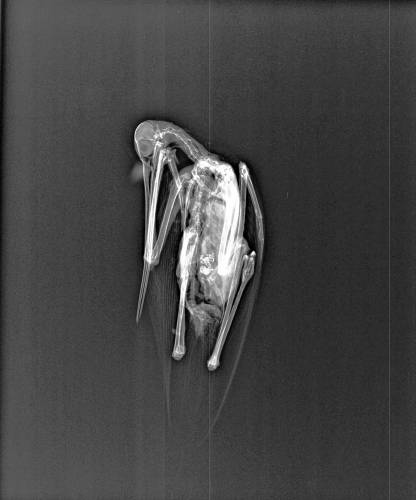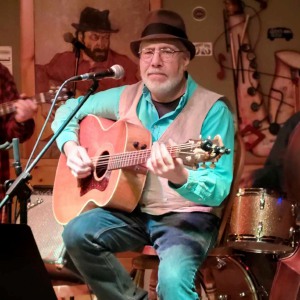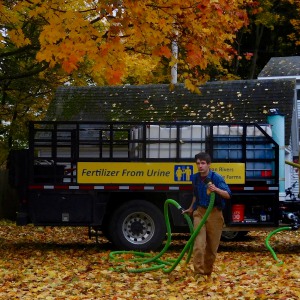Rare bird that caused stir in Vermont died of natural causes
|
Published: 02-10-2024 10:39 PM
Modified: 02-11-2024 9:28 PM |
Late last September, a large, migratory shorebird alighted in North Hero, causing a stir among birders who recognized it as a marbled godwit — a species not known to live or migrate through the state.
News of the sighting spread quickly, with people flocking to spot a glimpse of the lone creature. According to a social media post from The Islander, so many cars parked on the side of the busy U.S. Route 2 hoping to view the bird that it created a traffic hazard.
A little over a week after the marbled godwit was spotted, it vanished from the stretch of lakeshore habitat it had been frequenting. The off-track shorebird was later found deceased by a local landowner. Some worried that it had been harmed by the large number of people who came to see it.
New lab results announced by the Vermont Fish & Wildlife Department on Tuesday show that the bird died from natural causes.
“Oftentimes birds found outside of their normal range are very stressed, and if they can’t find the proper food or cover this can combine with other stressors like poor nutrition and sickness,” Jill Kilborn, a Fish & Wildlife bird biologist, said in the press release. “All evidence suggests this is what happened to the godwit.”
The majority of the large, cinnamon-colored sandpipers breed in the wet prairies of the northern Great Plains in the summer and migrate to coastal areas of Mexico and the southern United States for the winter, according to the National Audubon Society. The species have stilt-like legs and a long bill that they use to find food at the edges of water bodies.
According to the community science website eBird, only one other marbled godwit has ever been reported in Vermont.
“The godwit in North Hero was a rare and exciting find, the kind of ‘vagrant’ — or bird outside of its usual range — that gives local birders a chance to see a new species close to home,” said Kilborn. “That said, it isn’t entirely unusual to see vagrant birds like this godwit in Vermont. Migrating birds can be pushed off course by storms, like the dovekie found in the Northeast Kingdom this past December.”
Article continues after...
Yesterday's Most Read Articles
 Homeless Upper Valley couple faces ‘a very tough situation’
Homeless Upper Valley couple faces ‘a very tough situation’
 Kenyon: Constitutional rights should trump Dartmouth’s private interests
Kenyon: Constitutional rights should trump Dartmouth’s private interests
 Crane crash on Interstate 89
Crane crash on Interstate 89
 Wild divide: A debate over wildlife management in Vermont runs deep
Wild divide: A debate over wildlife management in Vermont runs deep
 WRV baseball prevails on an off day
WRV baseball prevails on an off day
Last year’s marbled godwit was first seen in the state on Sept. 19, 2023. According to the post from The Islander, which was written by longtime photographer and Champlain Island resident Rob Swanson, one visitor came from East Clarendon — almost two and a half hours away — to add the godwit to their list of 281 wild bird sightings in Vermont.
When the X-ray of the marbled godwit showed no clear cause of death, Kilborn sent the bird to a diagnostic lab for further testing with the hope that the results could address questions and concerns raised by birders. The results showed that despite having no injuries, the bird had a high parasite load, was extremely malnourished and had contracted bacterial and blood infections.
While the marbled godwit died from natural stressors likely caused by being outside its normal range, Kilburn said in the press release that she hopes to amplify the message that viewing pressure could have added to the challenges the bird faced.
“If a bird is changing their behavior because you are watching them, then you are too close,” Kilborn said. “This is especially important for nesting birds or rare birds like this godwit, that may draw a large number of excited viewers.”



 Art Notes: Canaan Meetinghouse showcase brings musicians and listeners together
Art Notes: Canaan Meetinghouse showcase brings musicians and listeners together A Look Back: Upper Valley dining scene changes with the times
A Look Back: Upper Valley dining scene changes with the times The future of fertilizer? Pee, says this Brattleboro institute
The future of fertilizer? Pee, says this Brattleboro institute
